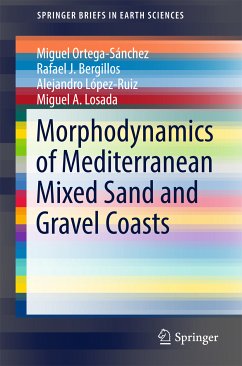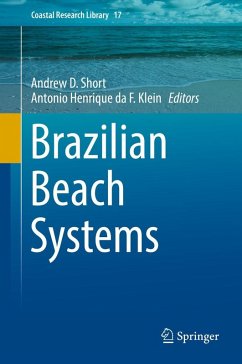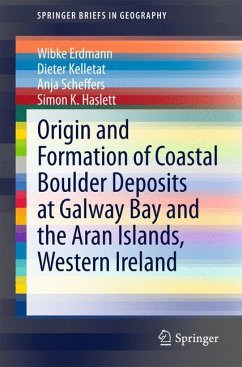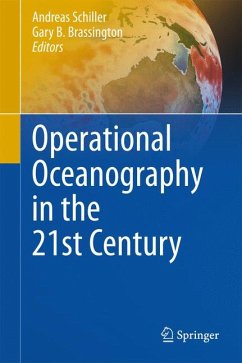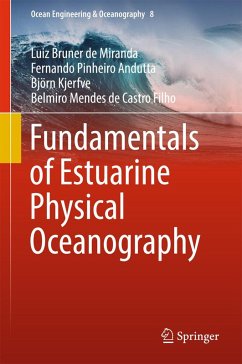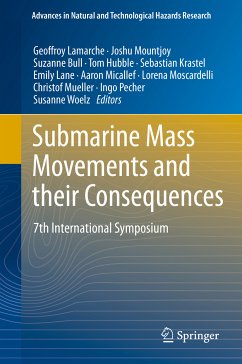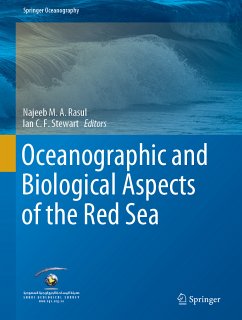
Dynamic Response of Coasts and Estuaries to Human Impacts (eBook, PDF)
Problems and Solutions
Versandkostenfrei!
Sofort per Download lieferbar
64,95 €
inkl. MwSt.
Weitere Ausgaben:

PAYBACK Punkte
32 °P sammeln!
The coasts cover a diverse range of ecosystems within marine, estuarine, and freshwater environments. They are some of the most heavily populated and visited areas and are also some of the most threatened natural habitats. Coastal zones are critically important not only to the people who live there but for the health of the planet. Many world estuaries and coast environments are under tremendous stress in response to global warming and the increased anthropogenic forcing. Warmer waters, rising sea levels, tropical cyclones, storm surges and flooding, and coastal erosion are just some of the el...
The coasts cover a diverse range of ecosystems within marine, estuarine, and freshwater environments. They are some of the most heavily populated and visited areas and are also some of the most threatened natural habitats. Coastal zones are critically important not only to the people who live there but for the health of the planet. Many world estuaries and coast environments are under tremendous stress in response to global warming and the increased anthropogenic forcing. Warmer waters, rising sea levels, tropical cyclones, storm surges and flooding, and coastal erosion are just some of the elements impacting coastal communities worldwide and transforming these environments. Coastal hazards such as storm events with associated storm surges are increasing in frequency and intensity, as are marine heatwaves that devastate coral reefs. Human activities like sewage discharge, overfishing, navigation channel dredging, land reclamation, the construction of shipping ports and marine plastics are also responsible for coastal pollution and degradation.
Therefore, a good understanding of the current state of coastal environments and lessons learnt from these human influences is extremely valuable to restore and protect these habitats and ecosystems from further environmental degradation and even catastrophe. In this book, case studies are used to tell a story about how these environments respond to severe human-induced perturbations, and what has gone right and wrong from environmental and resource management point of view. The readership of the book include high level undergraduate Oceanography students and workers from Coastal Engineering and Management.
Therefore, a good understanding of the current state of coastal environments and lessons learnt from these human influences is extremely valuable to restore and protect these habitats and ecosystems from further environmental degradation and even catastrophe. In this book, case studies are used to tell a story about how these environments respond to severe human-induced perturbations, and what has gone right and wrong from environmental and resource management point of view. The readership of the book include high level undergraduate Oceanography students and workers from Coastal Engineering and Management.
Dieser Download kann aus rechtlichen Gründen nur mit Rechnungsadresse in A, B, BG, CY, CZ, D, DK, EW, E, FIN, F, GR, HR, H, IRL, I, LT, L, LR, M, NL, PL, P, R, S, SLO, SK ausgeliefert werden.



